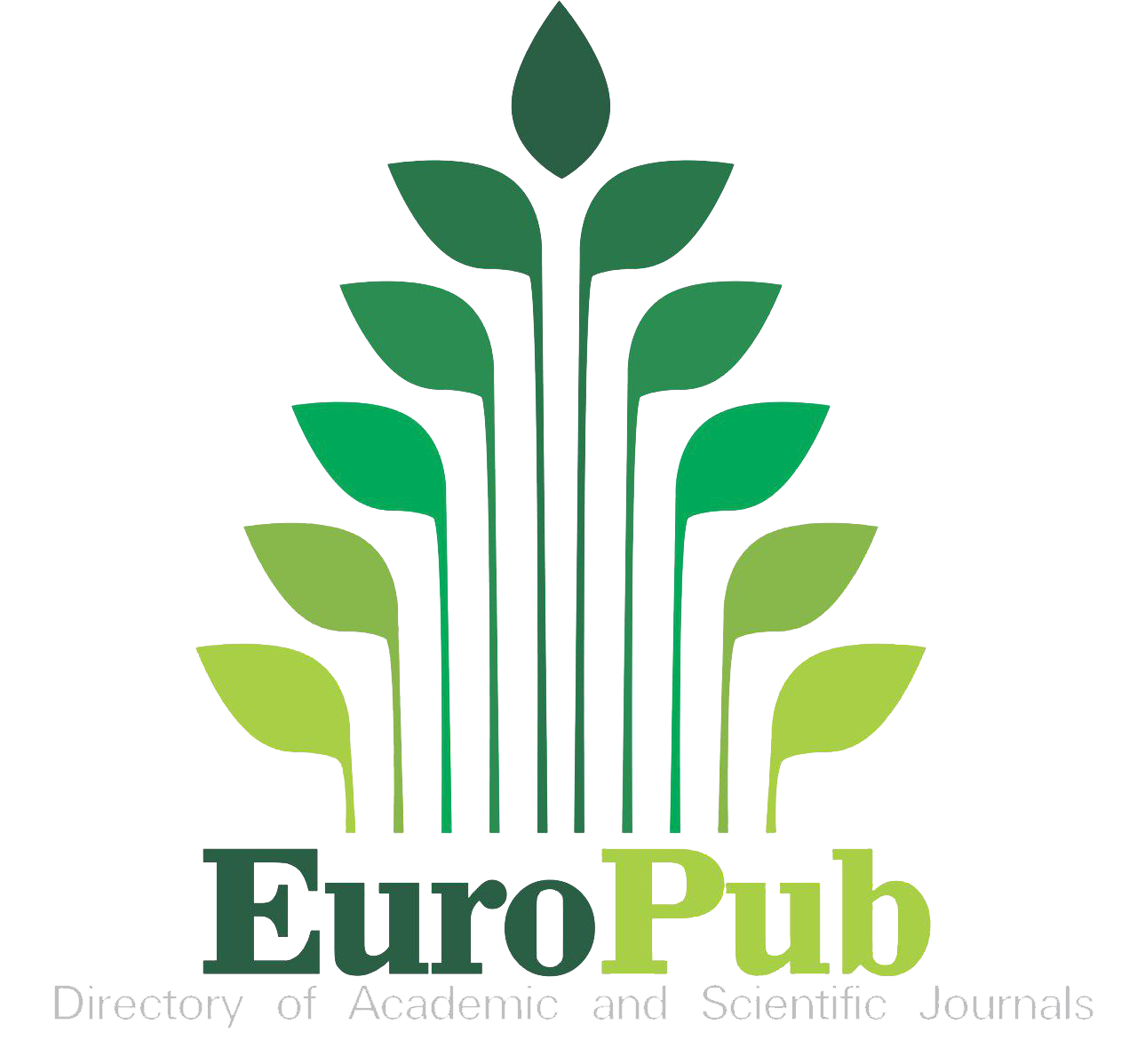Does Learning English Contribute to Ensuring Patient Safety? Egyptian Cardiac Nurses Perceptions
DOI:
https://doi.org/10.56724/ladu.v3i5.232Keywords:
English, patient safety, professional nursing, cardiac care, nurses professional development, English for Medical PurposesAbstract
Background: The effect of English is indisputable in the profession of nursing, where English is increasingly becoming the medium of instruction and communication. Therefore, the principal goal of the study was to examine the perceptions of Egyptian nurses in reference to the English language effect on patient safety.
Purpose: The study was implemented in a cardiothoracic Centre that provides free-of-charge care for patients with heart diseases.
Design and methods: In this pursuit, a mixed-method approach was employed as two data collection instruments were constructed and utilized following the review of literature and based on the patient international safety goals recommended by the Joint Commission International (JCI). The first instrument is a 39-item questionnaire and the second is a semi-structured interview. The number of nurses participated in the study was (n=94); 86 nurses participated in the questionnaire whereas eight expert nurses were recruited for the semi-structured interview.
Results: The results revealed that the English language is an essential element in the process of ensuring patient safety for Egyptian nurses and its effect is revealed through the international safety goals. Based on the study, nurses are advised to be proficient in using the English language so as to provide the best possible care for cardiac patients.
Downloads
References
Alshammari, M., Duff, J., & Guilhermino, M. (2019). Barriers to nurse–patient communication in Saudi Arabia: an integrative review. BMC nursing, 18(1), 1-10. https://doi.org/10.1186/s12912-019-0385-4 DOI: https://doi.org/10.1186/s12912-019-0385-4
Boylen, S., Cherian, S., Gill, F. J., Leslie, G. D., & Wilson, S. (2020). Impact of professional interpreters on outcomes for hospitalized children from migrant and refugee families with limited English proficiency: a systematic review. JBI evidence synthesis, 18(7), 1360–1388. https://doi.org/10.11124/JBISRIR-D-19-00300 DOI: https://doi.org/10.11124/JBISRIR-D-19-00300
Bradshaw, M., Tomany-Korman, S., & Flores, G. (2007). Language barriers to prescriptions for patients with limited English proficiency: a survey of pharmacies. Pediatrics, 120(2), e225–e235. https://doi.org/10.1542/peds.2006-3151 DOI: https://doi.org/10.1542/peds.2006-3151
Choi, L. J. (2021). Implementing English for Medical Purposes (EMP) in South Korea: Nursing students' ongoing needs analysis. Nurse Education Today, 104, 104989. https://doi.org/10.1016/j.nedt.2021.104989 DOI: https://doi.org/10.1016/j.nedt.2021.104989
Eldridge, N., & Revere, A. (2005). JCAHO national patient safety goals for 2006. Topics in Patient Safety [serial online], 5, 2-3. DOI: https://doi.org/10.1097/00152193-200510001-00003
Farrokh Eslamloo, N., Heidari, M., & Ayremloo, P. (2021). Knowledge Transfer and Academic Writing: English Writing Errors in Medical Writing of Iranian Authors. International Journal of Information Science and Management (IJISM), 19(2), 169-180.
Ferguson, G. (2012). English for medical purposes. The handbook of English for specific purposes, 243-261. https://doi.org/10.1002/9781118339855.ch13 DOI: https://doi.org/10.1002/9781118339855.ch13
International Patient Safety Goals. (2023). Jointcommissioninternational.org. Retrieved March 19, 2023, from https://www.jointcommissioninternational.org/standards/international-patient-safety-goals/
Ismail, B. M., & Nasir, M. (2017). Patient safety and its components. Journal of Patient Safety & Quality Improvement, 5(4), 592-593.
Jacobs, E., Chen, A. H., Karliner, L. S., Agger-Gupta, N., & Mutha, S. (2006). The need for more research on language barriers in health care: a proposed research agenda. The Milbank quarterly, 84(1), 111–133. https://doi.org/10.1111/j.1468-0009.2006.00440.x DOI: https://doi.org/10.1111/j.1468-0009.2006.00440.x
Larsen, R., Mangrio, E., & Persson, K. (2021). Interpersonal communication in transcultural nursing care in India: A descriptive qualitative study. Journal of Transcultural Nursing, 32(4), 310-317. DOI: https://doi.org/10.1177/1043659620920693
Narayan L. (2013). Addressing language barriers to healthcare in India. The National medical journal of India, 26(4), 236–238.
Patient safety. (2019). Who.int. Retrieved January 10, 2023, from https://www.who.int/news-room/fact-sheets/detail/patient-safety
Schwartz, H., Menza, R., Lindquist, K., Mackersie, R., Fernández, A., Stein, D., & Bongiovanni, T. (2022). Limited English Proficiency Associated with Suboptimal Pain Assessment in Hospitalized Trauma Patients. The Journal of surgical research, 278, 169–178. https://doi.org/10.1016/j.jss.2022.04.034 DOI: https://doi.org/10.1016/j.jss.2022.04.034
Sherman, L. T., & Chappell, K. B. (2018). Global perspective on continuing professional development. Asia Pacific Scholar, 3(2), 1-5. DOI: https://doi.org/10.29060/TAPS.2018-3-2/GP1074
Slawomirski, L., Auraaen, A., & Klazinga, N. (2018). The economics of patient safety in primary and ambulatory care: flying blind. OECD Health Working Papers, 106.
Staley, K., Allen, C., & Hamp, A. (2020). Case Studies in ESP Course Development: Medical English for Turkmen and Mexican Medical Specialists. In English Teaching Forum (Vol. 58, No. 1, pp. 2-9). US Department of State. Bureau of Educational and Cultural Affairs, Office of English Language Programs, SA-5, 2200 C Street NW 4th Floor, Washington, DC 20037.
Stolarski, A. E., Alonso, A., Aly, S., Feeney, T., Pereira, F., Carter, C., Hess, D., Pernar, L. I., Carmine, B., & Drake, F. T. (2022). The impact of English proficiency on outcomes after bariatric surgery. Surgical endoscopy, 36(10), 7385–7391. https://doi.org/10.1007/s00464-022-09148-3 DOI: https://doi.org/10.1007/s00464-022-09148-3
Tang, E. W., Go, J., Kwok, A., Leung, B., Lauck, S., Wong, S. T., Taipale, P. G., & Ratner, P. A. (2016). The relationship between language proficiency and surgical length of stay following cardiac bypass surgery. European journal of cardiovascular nursing, 15(6), 438-446. https://doi.org/10.1177/1474515115596645 DOI: https://doi.org/10.1177/1474515115596645
Whitehead, S. H., Nyman, S. R., Broaders, F., Skelton, D. A., & Todd, C. J. (2012). The quality of English-language websites offering falls-prevention advice to older members of the public and their families. Health informatics journal, 18(1), 50-65. DOI: https://doi.org/10.1177/1460458211432588
Woods, A. P., Alonso, A., Duraiswamy, S., Ceraolo, C., Feeney, T., Gunn, C. M., Burns, W. R., Segev, D. L., & Drake, F. T. (2022). Limited English Proficiency and Clinical Outcomes After Hospital-Based Care in English-Speaking Countries: a Systematic Review. Journal of general internal medicine, 37(8), 2050-2061. https://doi.org/10.1007/s11606-021-07348-6 DOI: https://doi.org/10.1007/s11606-021-07348-6
Downloads
Published
How to Cite
Issue
Section
License
Copyright (c) 2023 Amr Selim Wannas

This work is licensed under a Creative Commons Attribution 4.0 International License.
Authors who publish with this journal agree to Copyright notice.














